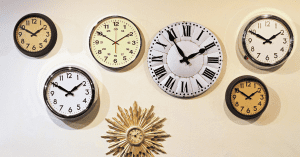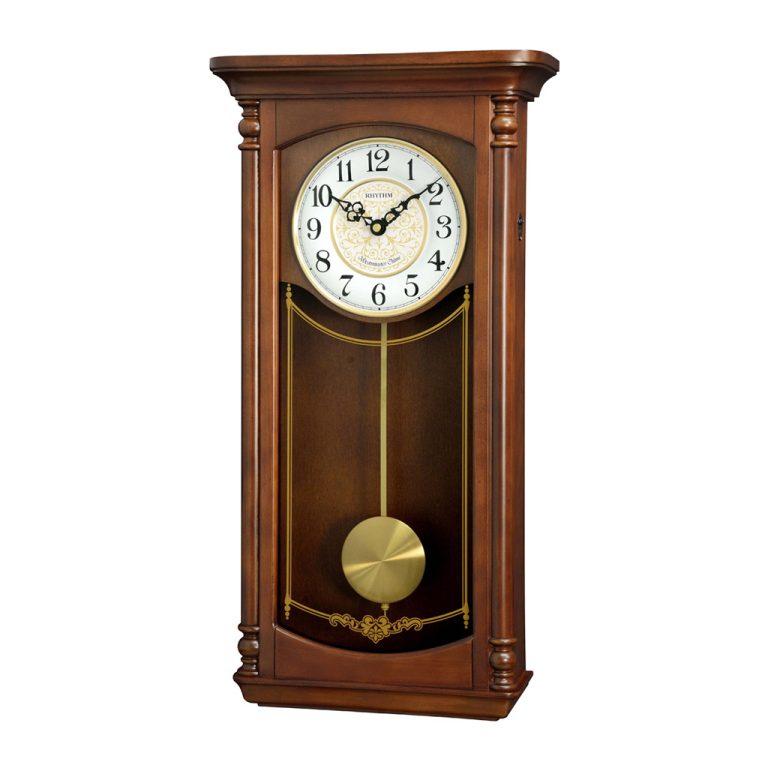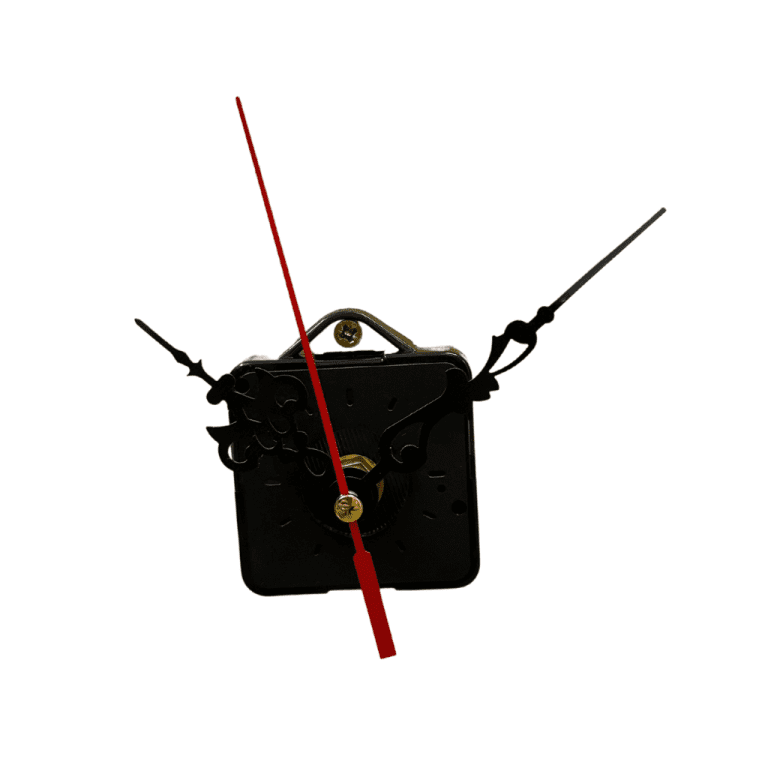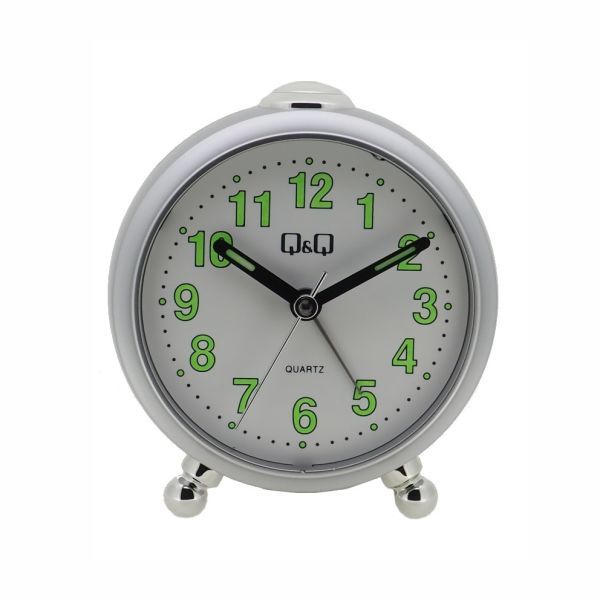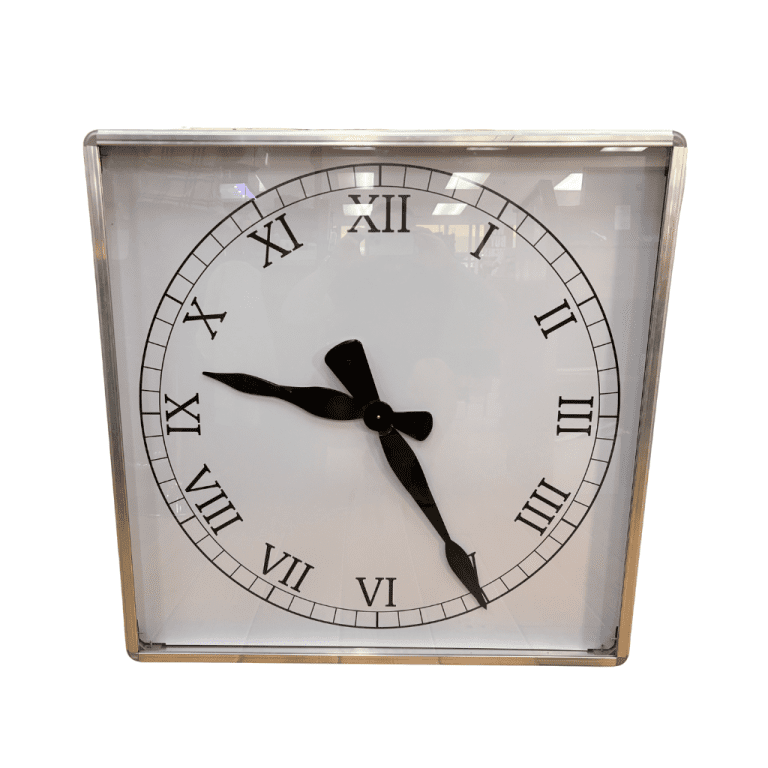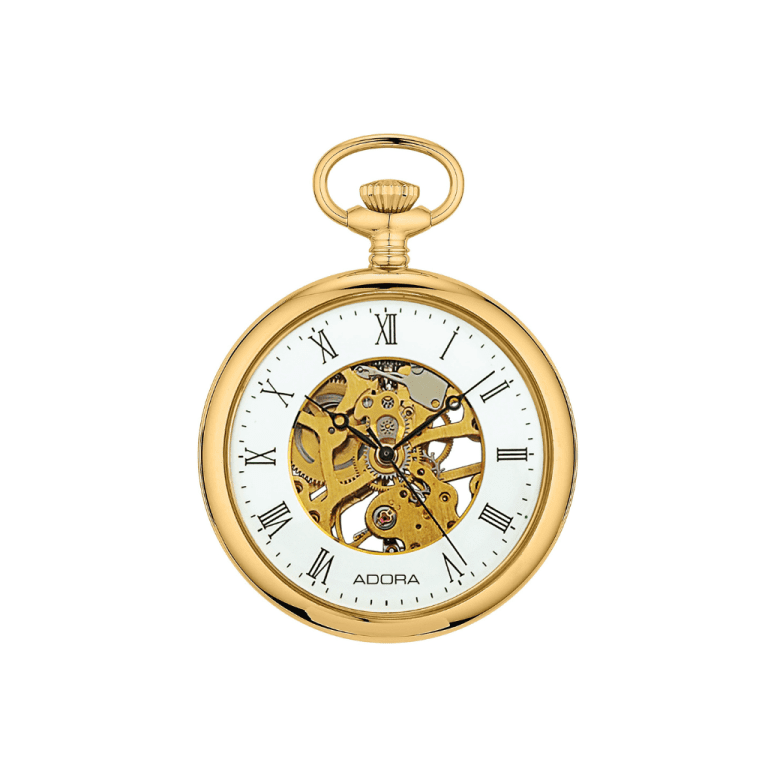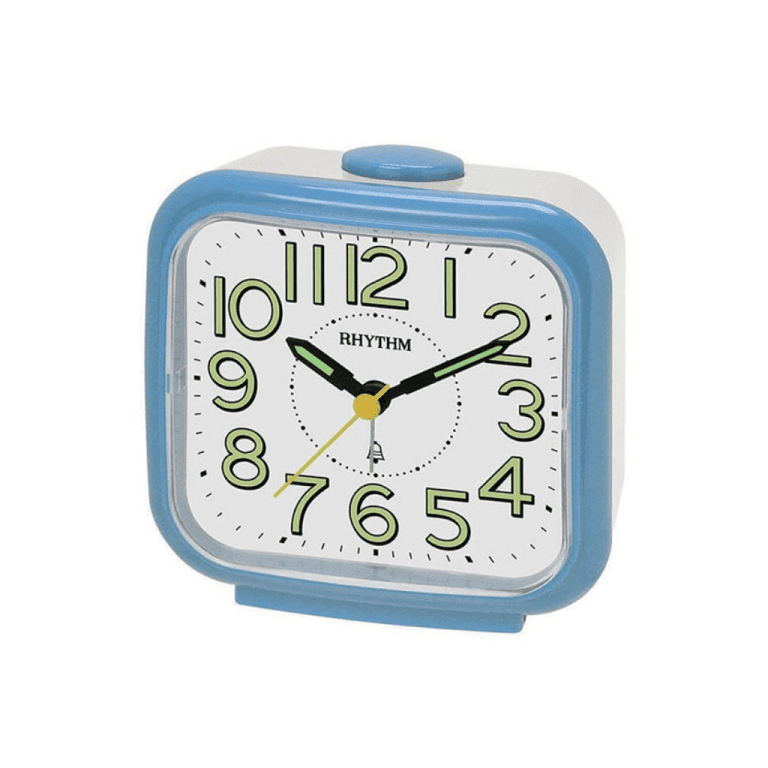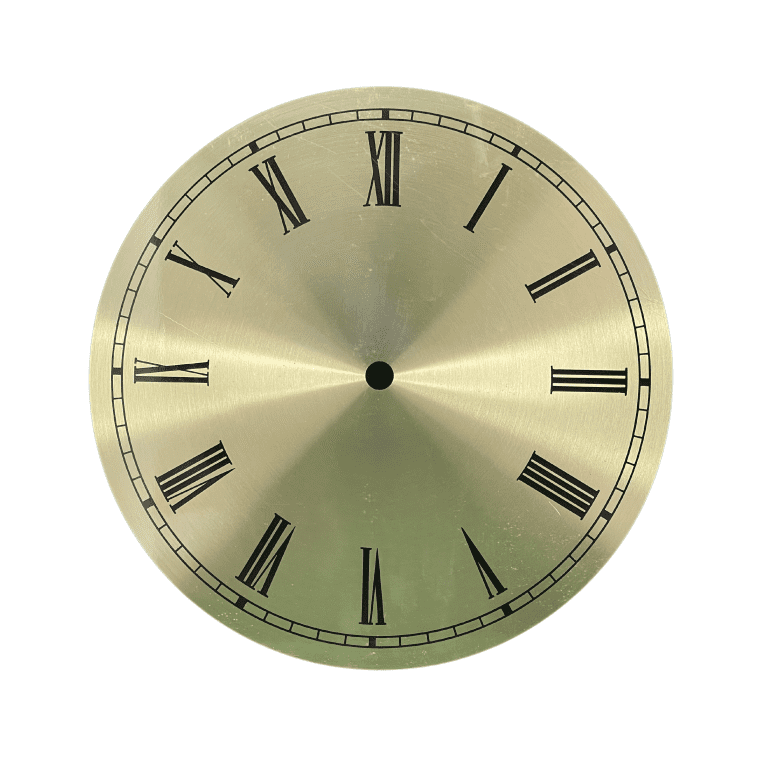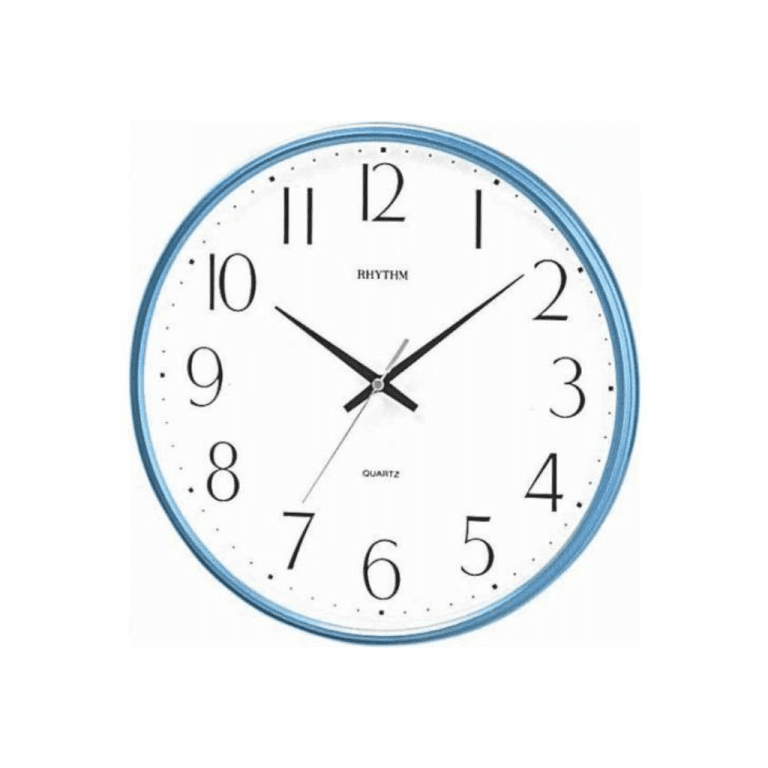If you’ve ever been in the dry of a desert or the sopping steamy heat of a rainforest, you’ll certainly remember it. What makes these extreme environments so different from one another is their humidity: the amount of water vapor in the atmosphere. Deserts, obviously, contain little or no water, while trekking through a rainforest can feel just like walking through a shower. Measuring humidity is an essential part of weather forecasting and it’s also very helpful for gardeners with glasshouses and people who run saunas. We can do it simply and efficiently with cunning instruments called hygrometers. Let’s take a look at how they work!
Twisted-fiber hygrometers
Some humidity measuring devices aren’t much more sophisticated than pine cones. In a weather house, a little man and a little woman stand in two doorways of a closed wooden box.
When it’s going to rain, the man comes out of his door with an umbrella; when it’s dry, the man goes inside and woman pops out of her door instead. Inside the weather house, the two figures are mounted on a turntable and suspended from a piece of tightly twisted hair (or plant fiber). When it’s dry, the hair tightens up and twists the turntable one way. In wet conditions, the hair loosens and the turntable rotates the other way instead. Just as you can make a home hygrometer from a pine cone, so you can do the same thing with a chunk of your own hair—or an obliging friend’s!
Psychrometers
Pine cones and weather houses give a fairly vague indication of humidity, at best. How can we put some numbers to humidity and measure it more accurately? One way is to use an instrument called a psychrometer (also known as a wet- and dry-bulb thermometer). It uses a pair of thermometers standing side by side. One has a bulb open to the air; the other has a bulb covered in a wet cloth. The water on the cloth causes evaporation and loss of heat from the bulb, making its reading lower than that on the dry-bulb thermometer. The amount of evaporation (and the lowering of the temperature) depends on how much water vapor there is in the atmosphere already. Measuring the temperature difference between the two thermometers lets you measure the relative humidity.
Credited to: https://www.explainthatstuff.com/




